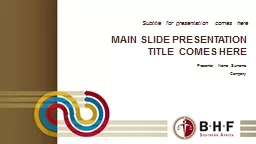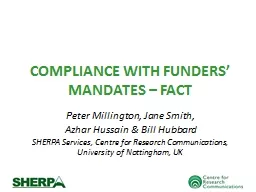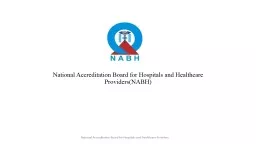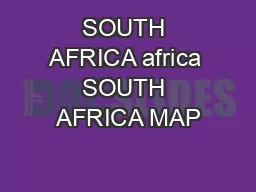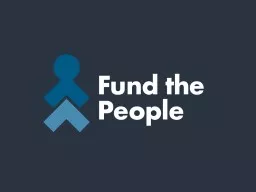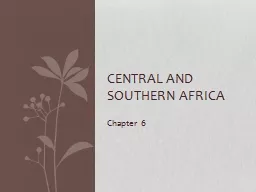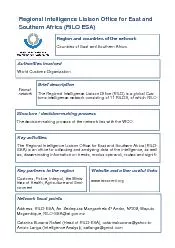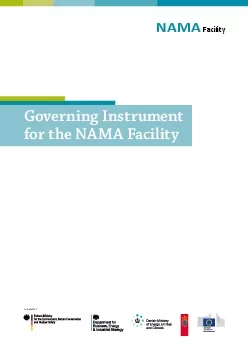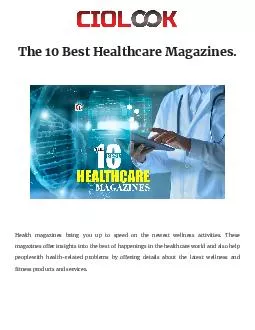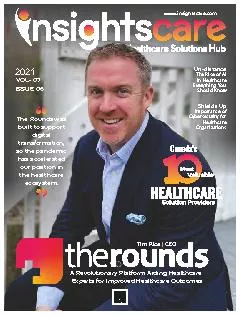PPT-Board of Healthcare Funders of Southern Africa
Author : natalia-silvester | Published Date : 2017-05-25
Competition commission healthcare inquiry private sector Dr Humphrey Zokufa BHF Managing Director Dr Rajesh Patel BHF Senior Manager 1 st March 2016 Outline
Presentation Embed Code
Download Presentation
Download Presentation The PPT/PDF document "Board of Healthcare Funders of Southern ..." is the property of its rightful owner. Permission is granted to download and print the materials on this website for personal, non-commercial use only, and to display it on your personal computer provided you do not modify the materials and that you retain all copyright notices contained in the materials. By downloading content from our website, you accept the terms of this agreement.
Board of Healthcare Funders of Southern Africa: Transcript
Download Rules Of Document
"Board of Healthcare Funders of Southern Africa"The content belongs to its owner. You may download and print it for personal use, without modification, and keep all copyright notices. By downloading, you agree to these terms.
Related Documents

